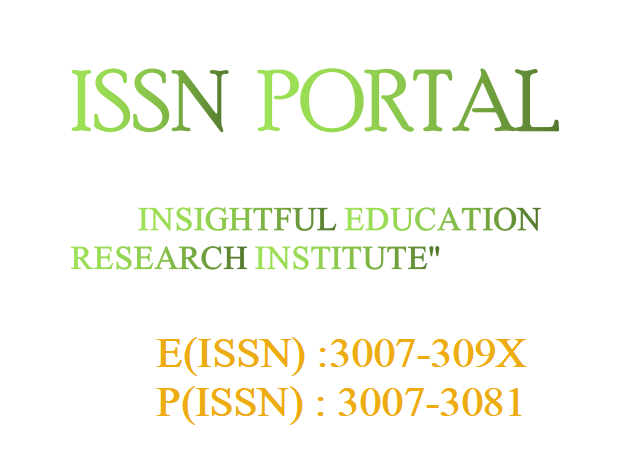EVALUATING THE RELATIONSHIP BETWEEN TSH AND T4 IN THYROID DYSFUNCTION
DOI:
https://doi.org/10.62019/wtj65f49Keywords:
TSH, T4, hypothyroidism, hyperthyroidism, thyroid dysfunction, complicationsAbstract
Introduction: The thyroid gland plays a pivotal role in regulating metabolism, growth, and development through the production of thyroid hormones, primarily thyroxine (T4) and triiodothyronine (T3). The hypothalamic-pituitary-thyroid (HPT) axis governs this process, with thyroid-stimulating hormone (TSH) acting as a key regulator. Thyroid dysfunction, including hypothyroidism and hyperthyroidism, is a common endocrine disorder characterized by distinct alterations in TSH and T4 levels.
Aim: This study aimed to evaluate the strength of association between TSH and T4 levels in patients with hypothyroidism and hyperthyroidism, while also examining demographic factors and complication profiles associated with these conditions.
Methodology: A retrospective cross-sectional study was conducted using data from 110 patients (55 hypothyroid and 55 hyperthyroid) retrieved from the Pathology Department of Saidu Teaching Hospital, Swat. Serum TSH and T4 levels were measured using electrochemiluminescence immunoassay (ECLIA) technology. Statistical analyses, including Pearson correlation and independent t-tests, were performed to assess the relationship between TSH and T4 and compare demographic and clinical characteristics between groups.
Results: Hypothyroid patients exhibited significantly higher TSH (12.6 ± 5.4 mIU/L) and lower T4 (3.8 ± 1.2 µg/dL) levels compared to hyperthyroid patients (TSH: 0.1 ± 0.05 mIU/L; T4: 18.5 ± 4.6 µg/dL; p < 0.001). A strong inverse correlation was observed between TSH and T4 in both groups (r = -0.82 for hypothyroidism, r = -0.78 for hyperthyroidism; p < 0.001). Hypothyroid patients had higher rates of goiter (56.3%), while hyperthyroid patients more frequently developed thyrotoxicosis (75.9%) and atrial fibrillation (34.5%).
Conclusion: The study confirms the inverse relationship between TSH and T4 in thyroid dysfunction, supporting the HPT axis's feedback mechanism. These findings underscore the importance of measuring both hormones for accurate diagnosis and highlight distinct complication profiles in hypothyroid and hyperthyroid patients.







